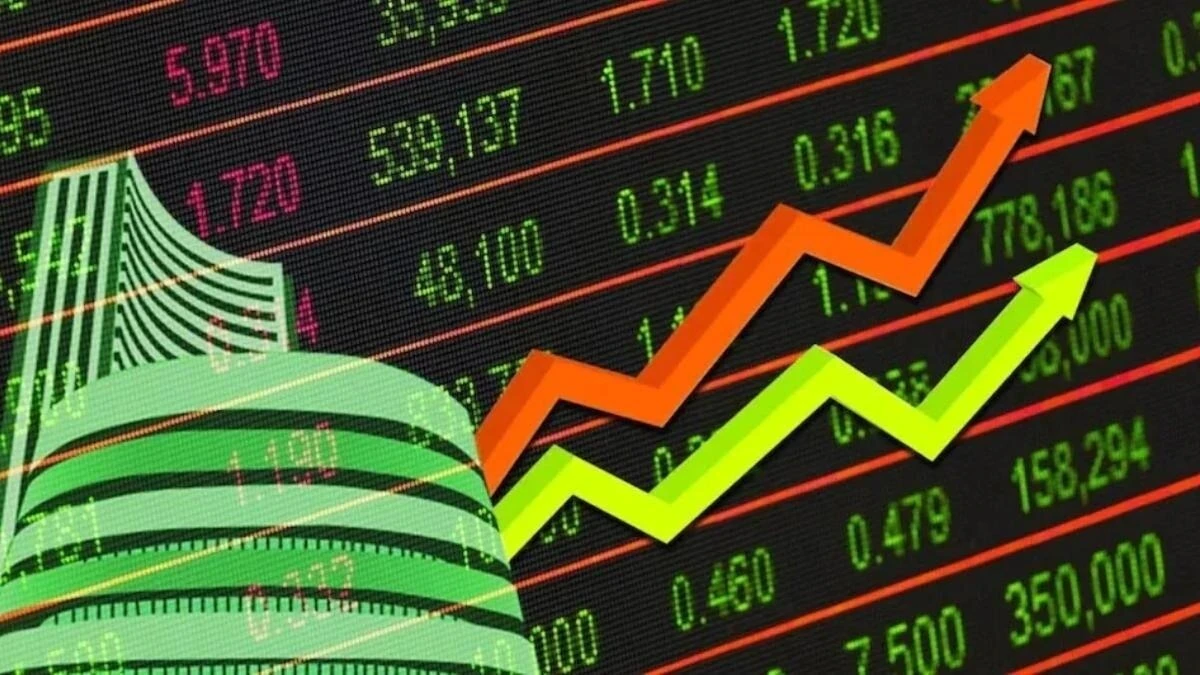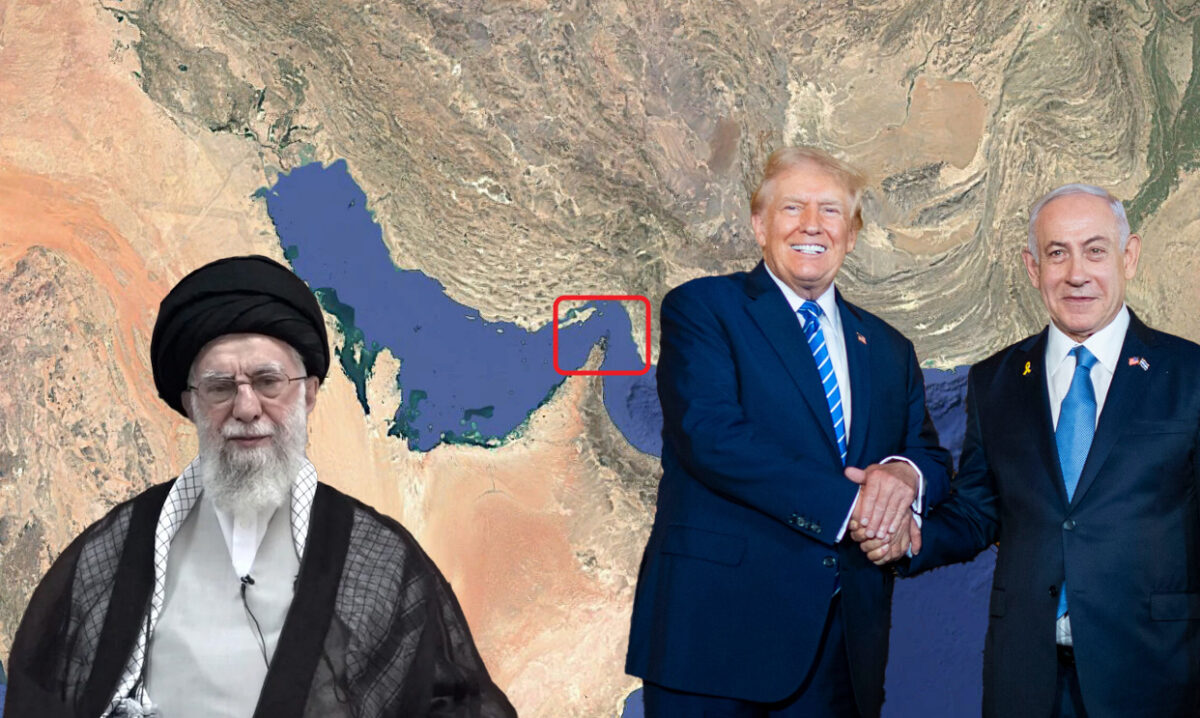After a promising start, domestic benchmark indices Nifty 50 and Sensex cooled off in the afternoon session on Tuesday, June 24, as renewed geopolitical tensions in the Middle East weighed on investor sentiment. The markets closed modestly higher, but well off their intraday peaks.
The dampened mood followed reports that Israel intercepted two missiles fired from Iran, just hours after a ceasefire between the two nations was declared. An official from the Israel Defense Forces (IDF) confirmed the interception, as reported by CNN.
Reacting strongly, Israeli Defence Minister Israel Katz stated, “In light of Iran’s blatant violation of the ceasefire declared by the President of the United States… I have instructed the IDF to continue high-intensity operations targeting regime assets and terror infrastructure in Tehran.”
Closing Bell Snapshot: Nifty & Sensex End in Green
- Sensex rose 158 points (0.19%) to close at 82,055.11
- Nifty 50 gained 72 points (0.29%) to settle at 25,044.35
Market breadth was positive, with 2,570 stocks advancing, 1,289 declining, and 129 unchanged.
Midcaps, Smallcaps Outshine; PSU Banks Rally Over 2%
Despite the pullback in the frontline indices, the broader market outperformed, with both the Nifty Midcap 100 and Nifty Smallcap 100 ending about 0.7% higher.
Sectorally, most indices held firm. Notably:
- Auto, PSU banks, and metal stocks were among the top gainers.
- The Nifty PSU Bank index surged over 2%, driven by renewed buying interest. The rally was bolstered by a report from HDFC Securities, which highlighted signs of a ‘secular turnaround’ in the public banking space.
Defence Stocks Decline as Geopolitical Risk Eases
Defence-related stocks took a hit after a two-day rally, with investors booking profits amid hopes of de-escalation in the Israel-Iran conflict. Former U.S. President Donald Trump’s statement that a ceasefire had been reached between the two nations also contributed to the dip, calming crude oil prices and reducing fears of a broader regional crisis.
Technical View: Key Levels to Watch on the Nifty
The Nifty’s breakout attempt above its recent consolidation zone faced resistance, with the index once again retreating to the 24,500–25,000 range. However, analysts remain cautiously optimistic.
According to Dhupesh Dhameja, Derivatives Research Analyst at SAMCO Securities, the index continues to find strong buying support around 24,700–24,750.
“A close above 25,250 could reignite bullish momentum and push the index toward 25,500,” he said. “On the downside, any meaningful weakness would only emerge if Nifty breaks below 24,700—until then, dips are likely to be bought.”
Outlook
While today’s session reflected the market’s sensitivity to geopolitical news, underlying strength in mid- and small-cap segments, as well as in PSU banks, suggests that investors remain cautiously optimistic. Traders will be watching for clarity on the Middle East situation, along with global cues, before making their next move.
Top-notch SEBI registered research analyst
Best SEBI registered Intraday tips provider
Telegram | Facebook | Instagram
Call: +91 9624421555 / +91 9624461555





